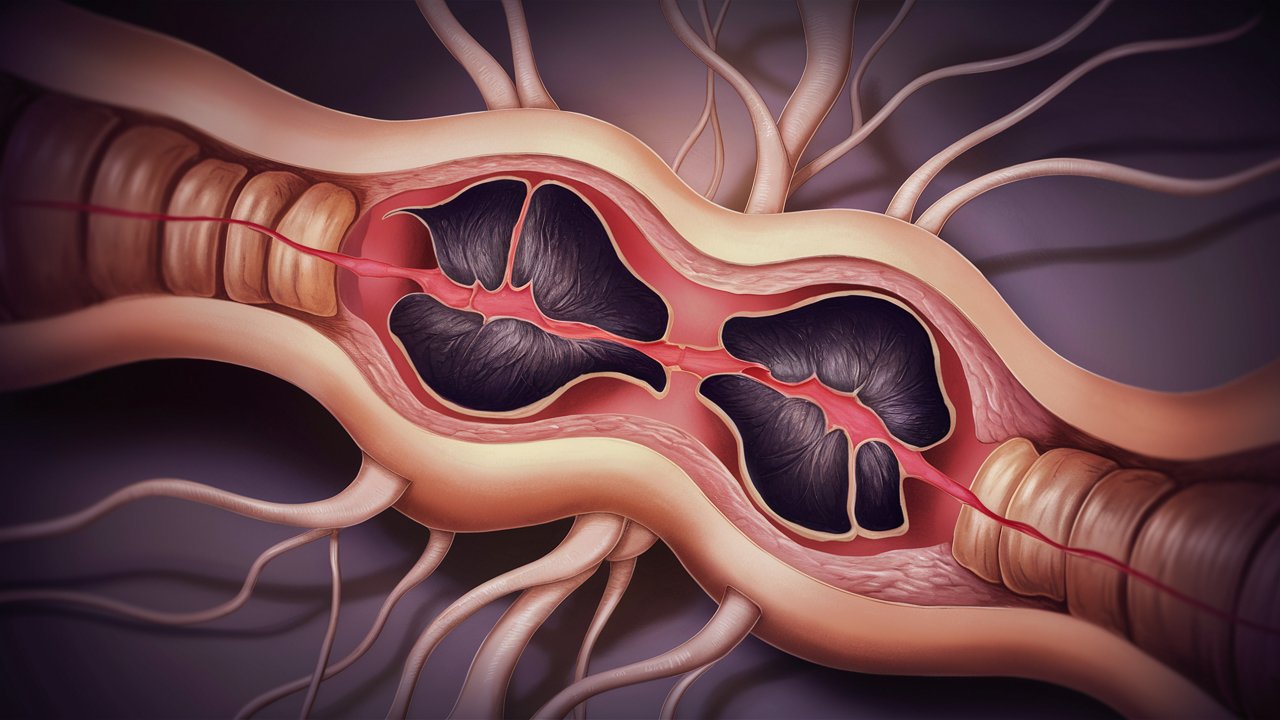
What is Anterior Horn Disease? Anterior Horn Disease (AHD) affects the motor neurons in the spinal cord's anterior horn. These neurons control voluntary muscle movements. When they deteriorate, muscle weakness and atrophy occur. Common symptoms include muscle cramps, twitching, and progressive weakness. Causes range from genetic mutations to viral infections. Diagnosis often involves electromyography (EMG) and MRI scans. Treatment focuses on managing symptoms, as there is no cure. Physical therapy and medications can help improve quality of life. Understanding AHD is crucial for early detection and better management. Let's dive into 20 essential facts about this condition.
What is Anterior Horn Disease?
Anterior Horn Disease (AHD) affects the anterior horn cells in the spinal cord. These cells are crucial for motor function. When they degenerate, muscle weakness and atrophy occur.
-
AHD primarily impacts motor neurons: These neurons control voluntary muscle movements. Damage to them leads to muscle weakness and loss of function.
-
Poliomyelitis is a type of AHD: This viral infection specifically targets anterior horn cells, causing paralysis.
-
AHD can be genetic: Some forms, like Spinal Muscular Atrophy (SMA), are inherited. Mutations in specific genes cause these conditions.
-
Symptoms vary widely: Depending on the type and progression, symptoms can range from mild muscle weakness to severe paralysis.
-
AHD affects both children and adults: While some forms are congenital, others can develop later in life.
Symptoms and Diagnosis
Recognizing the symptoms early can help manage the disease better. Diagnosis often involves a combination of clinical evaluation and specialized tests.
-
Muscle weakness is a key symptom: This weakness usually starts in the limbs and can progress to other parts of the body.
-
Muscle atrophy follows weakness: As muscles weaken, they begin to shrink and waste away.
-
Fasciculations are common: These are involuntary muscle twitches that can be seen under the skin.
-
Electromyography (EMG) aids diagnosis: EMG tests the electrical activity of muscles, helping to identify abnormalities.
-
Genetic testing can confirm diagnosis: For inherited forms like SMA, genetic tests can identify specific mutations.
Treatment and Management
While there is no cure for AHD, various treatments can help manage symptoms and improve quality of life.
-
Physical therapy is essential: Regular exercises can help maintain muscle strength and flexibility.
-
Occupational therapy aids daily living: Therapists teach patients how to perform daily tasks more easily.
-
Medications can help: Drugs like riluzole may slow disease progression in some cases.
-
Assistive devices improve mobility: Wheelchairs, braces, and other devices can help patients move around more easily.
-
Respiratory support may be needed: In advanced cases, breathing assistance might be necessary.
Research and Future Directions
Ongoing research aims to find better treatments and, ultimately, a cure for AHD.
-
Stem cell therapy shows promise: Researchers are exploring how stem cells can replace damaged neurons.
-
Gene therapy is a potential breakthrough: This approach aims to correct genetic mutations causing the disease.
-
Clinical trials are ongoing: New drugs and therapies are being tested to improve patient outcomes.
-
Patient registries help research: Collecting data from patients worldwide aids in understanding the disease better.
-
Awareness and advocacy are crucial: Increased awareness can lead to more funding for research and better support for patients.
Final Thoughts on Anterior Horn Disease
Anterior Horn Disease, a condition affecting the spinal cord's motor neurons, can lead to significant muscle weakness and atrophy. Understanding its symptoms, causes, and treatments is crucial for managing the disease effectively. Early diagnosis and intervention can improve quality of life for those affected. Treatments may include physical therapy, medications, and sometimes surgery, depending on the severity and progression.
Staying informed about the latest research and advancements in medical science can provide hope and better outcomes for patients. Support from healthcare professionals, family, and friends plays a vital role in coping with the challenges posed by this condition. Remember, knowledge is power. The more you know about Anterior Horn Disease, the better equipped you'll be to handle its impact. Stay proactive, seek support, and never hesitate to ask questions or seek second opinions.
Was this page helpful?
Our commitment to delivering trustworthy and engaging content is at the heart of what we do. Each fact on our site is contributed by real users like you, bringing a wealth of diverse insights and information. To ensure the highest standards of accuracy and reliability, our dedicated editors meticulously review each submission. This process guarantees that the facts we share are not only fascinating but also credible. Trust in our commitment to quality and authenticity as you explore and learn with us.


